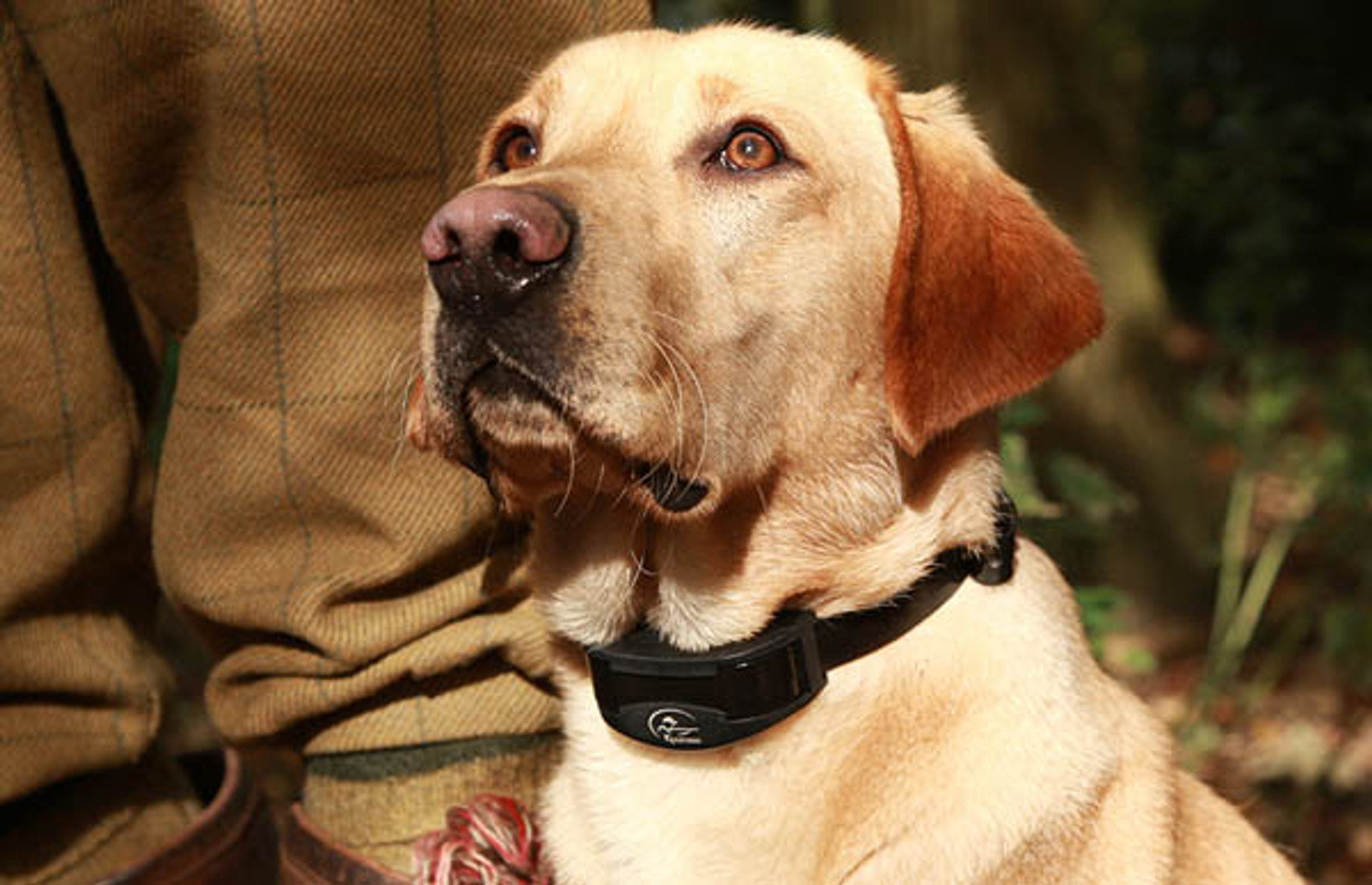Dog Training Collar: Best Age to Introduce One
A very common question asked by dog owners contemplating using dog training collars as part of their dog training routine is, “What age can I start to use a dog training collar?”
Like most things in dog training this is often a unique thing to the individual dog. Like people, some dogs will respond differently at different ages. The use of dog training collars is the same. Some dogs may be able to start a training program earlier while others have to wait a little longer.
They need to understand the correction
A key element to using dog training collars is whether or not the dog is old enough to understand what the correction is being given for. Essentially we need to assess whether or not the dog is developed enough mentally, to understand what behaviour is causing the correction from the training collar.
This doesn’t just apply to electronic dog training collars either. Many may feel using a spray type collar (usually citronella) is a better option for a younger dog. However there is still no point beginning a training program if the dog is not mentally developed enough to understand the training process.
How you know when your dog is ready
A key indicator in assessing a young dog’s suitability to commencing a training program using dog training collars is often the reaction to an accidental situation. We have all seen a young pup react to getting their tail caught in a door or getting stuck somewhere they cannot get out from. Often times you can observe very cautious or even avoidance behaviour from the dog towards the door or situation. This is an indication that the young dog is beginning to understand how to interact with his environment.
Simply put, this is learning! Before using dog training collars we need to ensure the dog is capable of associating the negative stimulation of the collar and the activity we want to stop. Only then will the dog avoid the behaviour.
When they are ready, use the right level
We must also consider finding the appropriate level for the dog when using dog training collars. It is very important to not over correct a young dog, or any dog for that matter! Causing stress in the dog will hinder the learning process and work against you in the long run. Modern dog training collars have adjustable training levels, ensuring a level that is appropriate to your dog’s temperament and age.
As I have said, introducing dog training collars to young dogs is not going to be the same for everyone. While most manufacturers of dog training collars recommend six months as the minimum age, it may be beneficial to hold off in some cases. However I do think six months is a good general guide.
You may wish to place the collar on the dog at around five months without implementing any correction. This is a good way to help prevent the young dog associating wearing the collar with getting the correction, or becoming collar aware, which I have discussed in a previous article.
A final note
Dog training collars are an excellent training tool. However, understand some unwanted behaviour such as chewing is part of being a puppy and should not be the sole reason for implementing a training program using a dog training collar.






